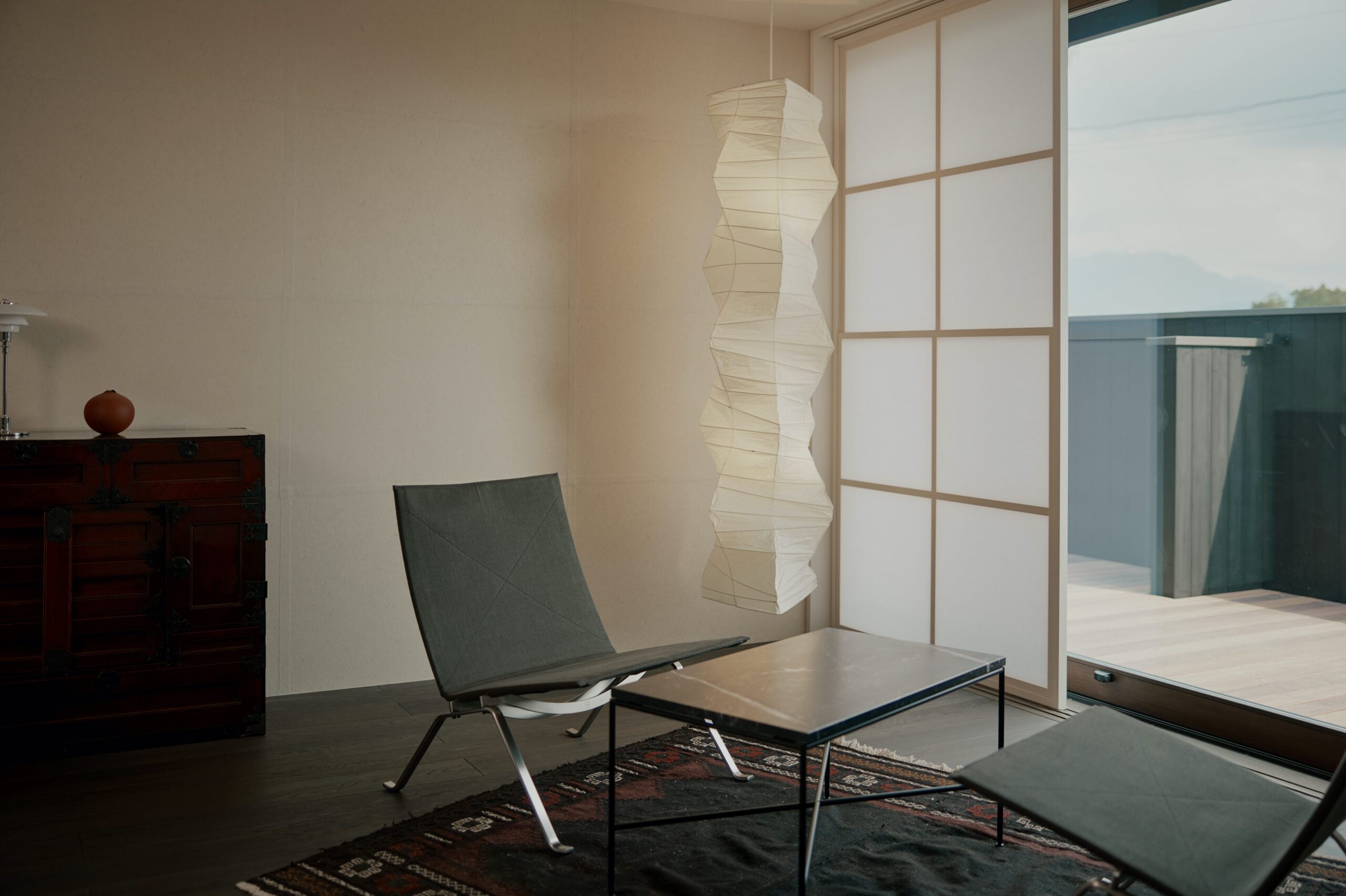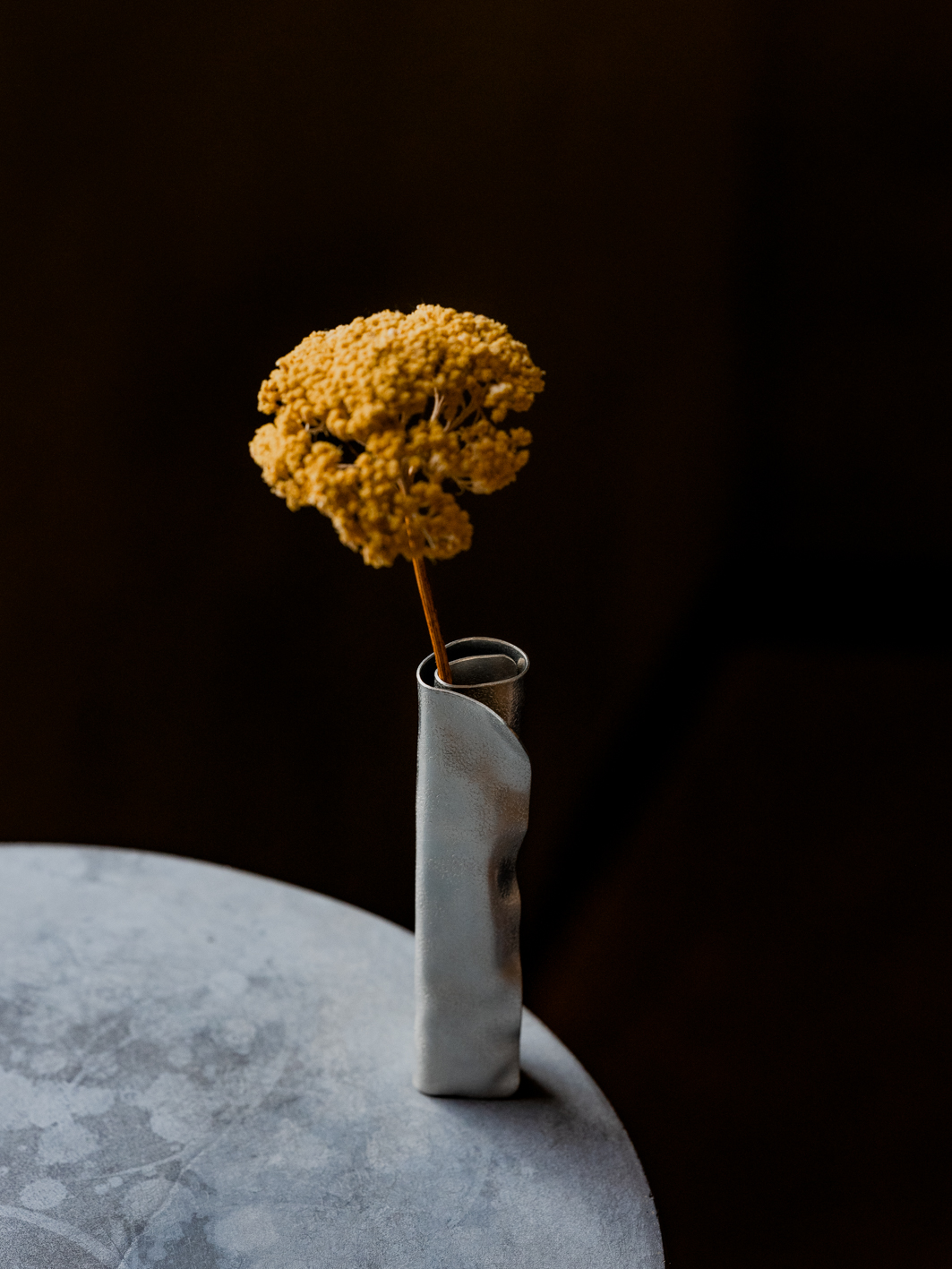Read more in ICON 211 or get a curated collection of design and architecture news in your inbox by signing up to our ICON Weekly newsletter
Pantechnicon, London’s home for Nordic and Japanese creativity and craftsmanship, spotlights the artisans and makers of Toyama by celebrating the region with a selection of unique experiences
 Photography by Nik van der Giesen featuring Rakudo-An
Photography by Nik van der Giesen featuring Rakudo-An
Modernity and tradition meet in Toyama, the capital city of Toyama Prefecture on the Sea of Japan coast. Befitting its location with UNESCO- listed villages, magnificent mountain ranges and gorges, the region is home to a diverse community of makers who work on furniture pieces, decorative objects and traditional designs that embody a distinctively Japanese kind of beauty.
With the vision of revitalising the community and inspiring creativity, Toyama Prefecture recently gave Londoners a taste of the region at Pantechnicon – London’s five-storey Nordic and Japanese dining and shopping hot spot – presenting a wide selection of food, ceramics and fashion, as well as accessories, workshops and more.
Bringing together a diverse group of creatives with the common pursuit of creating beautiful and thoughtful objects, the event highlighted the profound influence of Japanese design over the centuries, but more importantly, Pantechnicon provided a platform for under-represented makers.
 Photography courtesy of Yoshinori Shimatani featuring his suzugami tin paper
Photography courtesy of Yoshinori Shimatani featuring his suzugami tin paper
Among them was fourth generation metal artisan Yoshinori Shimatani, one of less than ten orin singing bell artisans left in Japan, and founder of Syouryu Suzugami, a contemporary design label that aims to modernise craftsmanship by blending traditional practices with contemporary culture. Much like origami, the Japanese art of folding paper into various objects and shapes, suzugami, which translates as ‘tin paper’, is a soft and malleable sheet of metal paper that allows users to change its look and bend the tin paper into any shape they wish and as often as they like.
‘I wanted to produce something handcrafted that could bring joy to people,’ shares Shimatani. ‘In the town where I am from, Takaoka, many craftsmen work with tin paper and casting, which I found quite interesting. This inspired me to work with tin paper, but with a hammer.’
What makes working with a hammer so unique is that Shimatani uses three different kinds which have various weather-inspired designs on their heads. Each hammer leaves a different Japanese weather imprint – from Samidare (rain) to Kazahana (snowflakes), or Arare (hail), the rhythmic striking of the hammer creates an array of beautiful patterns.
 Photography by Nik van der Giesen featuring Buddhist bell artisan and metal craftsman Yoshinori Shimatani
Photography by Nik van der Giesen featuring Buddhist bell artisan and metal craftsman Yoshinori Shimatani
Encouraging the revival of dying Japanese craft traditions, Shimatani’s suzugami celebrates the heritage and stories of the artisans involved. ‘Since I invented this new product, I have seen the younger generation express renewed interest in traditional craft. Many have also come to work with me in my studio,’ adds Shimatani. ‘It’s important to honour the skill and mastery of craftsmanship but we need to adjust to the time we’re in too. Tradition is when you also try to innovate.’
Takaoka, Shimatani’s hometown, has also been at the heart of Japan’s copper industry for over 400 years. It is here that other craftsmen and makers, including Nousaku foundry which has been producing Buddhist ritual objects since 1916, continue to keep many of Japan’s traditions alive with contemporary iterations, such as Japanese tea sets and vases made of brass and bronze.
Just across in the Seto District of Tateyama Town, Etchu Setoyaki Pottery carries with it over 400 years of history. Dating back to around 1590, the craft was born thanks to an area abundant in valuable white clay. And, south of Takaoka in the picturesque town of Inami, a wood-carving tradition spanning some 250 years boasts over 120 carpentry workshops. From shop signage to mailboxes, benches and even a phone booth have been carved from wood, as well as the town’s rich decorations and woodcarvings at Zuisen-ji Temple.
 Photography by Nik van der Giesen featuring Rakudo-An
Photography by Nik van der Giesen featuring Rakudo-An
Drawing inspiration from Toyama’s makers is Rakudo-An, a design-driven boutique hotel set in the beautiful, rural landscape called the ‘Dispersed Settlement’ of Tonami Plain, Toyama Prefecture, Japan. Housed in a restored 120-year-old ‘Azumadachi’ farmhouse, the hotel boasts just three guest rooms, entitled ‘Soil’, ‘Paper’ and ‘Silk’, making Rakudo-An an ideal place to escape the hustle and bustle of the city, while also immersing oneself in Japanese culture.
Featuring traditional elements such as clay, wood, Japanese washi paper, and silk, the interiors provide a simple backdrop in which the inn’s eye-catching collection of designer furniture, mingei folk crafts, antiques, and contemporary art can shine. Alongside the work of local artists and makers is the work of Japanese design legends Shoji Hamada, Keisuke Serizawa, Isamu Noguchi, but also lighting by British Jasper Morrison, and iconic pieces by Poul Henningsen, Hans J. Wegner, and Pierre Jeanneret.
Home to some of Japan’s most spectacular forests, waterways and master craftsmen like Shimatani, the pottery of the Seto District of Tateyama Town and Inami’s wood-carving traditions, among many more, these time-honoured traditional crafts and techniques are still alive and well in Toyama. Beyond the bright lights of Tokyo, this small town celebrates both the new and old, from cutting-edge design to traditional Japanese Buddhist bells and bowls. Offering a rich tapestry of arts, crafts and culture, Toyama is waiting to be discovered.


















